Expansion of End-User Industries
The expansion of end-user industries is a significant driver for the Child Resistant Bottles Market. Sectors such as pharmaceuticals, cosmetics, and household chemicals are increasingly adopting child-resistant packaging to comply with safety regulations and meet consumer expectations. As these industries grow, the demand for child-resistant solutions is likely to rise correspondingly. For instance, the pharmaceutical sector is projected to grow at a CAGR of 4.5%, which will likely boost the need for child-resistant bottles to ensure safe storage and distribution of medications. Additionally, the cosmetics industry is also recognizing the importance of child-resistant packaging, particularly for products that may pose risks to children. This broadening of applications across various sectors is expected to contribute to a robust market growth trajectory, as companies seek to capitalize on the increasing demand for safety-oriented packaging.
Technological Advancements in Packaging
Technological advancements are playing a pivotal role in shaping the Child Resistant Bottles Market. Innovations in materials and design are enabling manufacturers to create more effective child-resistant solutions that are also user-friendly for adults. For instance, the integration of smart technology and advanced locking mechanisms is enhancing the functionality of child-resistant bottles. These advancements not only improve safety but also cater to the evolving preferences of consumers who seek convenience alongside security. The market is projected to expand as companies leverage these technologies to differentiate their products. Analysts predict that the adoption of innovative packaging solutions could lead to a market growth rate of around 6% over the next few years, reflecting the increasing importance of technology in the child-resistant packaging sector.
Consumer Awareness and Demand for Safety
In recent years, there has been a notable increase in consumer awareness regarding safety, particularly concerning children. The Child Resistant Bottles Market is benefiting from this heightened awareness, as parents and caregivers actively seek products that minimize the risk of accidental poisoning. This trend is further supported by educational campaigns and advocacy from health organizations, which highlight the dangers associated with improper packaging. As consumers become more informed, their demand for child-resistant solutions is likely to escalate, prompting manufacturers to invest in research and development. The market is expected to witness a significant uptick in sales, with estimates suggesting a potential increase of 7% in the next year alone. This growing consumer consciousness underscores the critical role of child-resistant packaging in safeguarding children from hazardous materials.
Sustainability and Eco-Friendly Packaging
The Child Resistant Bottles Market is increasingly influenced by the growing emphasis on sustainability and eco-friendly packaging solutions. As environmental concerns gain traction, consumers are more inclined to choose products that align with their values regarding sustainability. Manufacturers are responding by developing child-resistant bottles made from recyclable and biodegradable materials, which not only meet safety standards but also appeal to environmentally conscious consumers. This shift towards sustainable practices is expected to drive market growth, with projections indicating a potential increase of 8% in demand for eco-friendly child-resistant packaging over the next few years. The intersection of safety and sustainability presents a unique opportunity for companies to innovate while addressing consumer preferences, thereby enhancing their competitive edge in the market.
Regulatory Compliance and Safety Standards
The Child Resistant Bottles Market is experiencing a surge in demand due to stringent regulatory compliance and safety standards. Governments and health organizations are increasingly emphasizing the need for child-resistant packaging to prevent accidental ingestion of hazardous substances. This regulatory push is particularly evident in sectors such as pharmaceuticals and household chemicals, where the risk of child exposure is significant. As a result, manufacturers are compelled to innovate and enhance their product offerings to meet these evolving standards. The market is projected to grow at a compound annual growth rate (CAGR) of approximately 5.2% over the next few years, driven by these regulatory requirements. Companies that prioritize compliance not only enhance their market position but also contribute to public safety, thereby reinforcing the importance of child-resistant packaging in various industries.


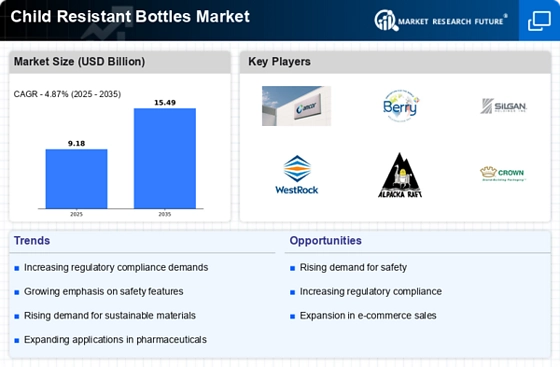
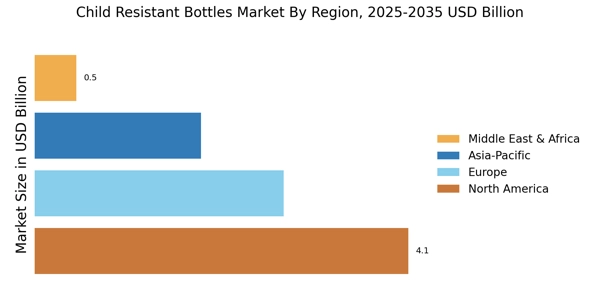
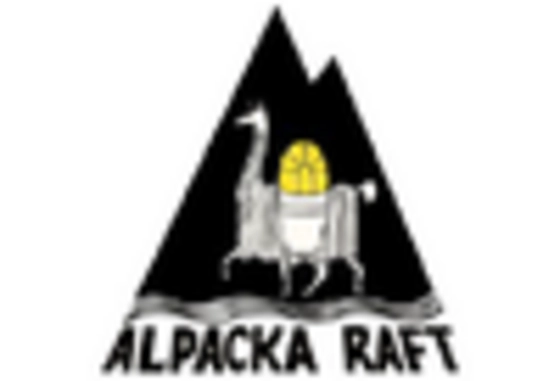

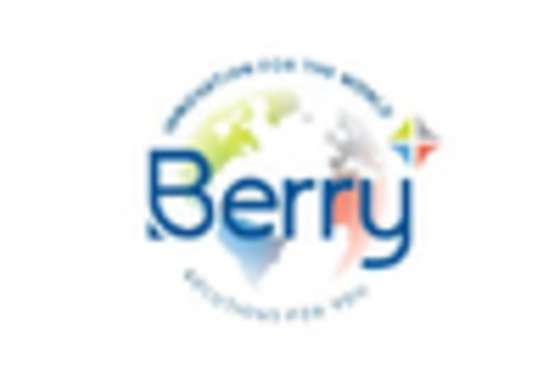
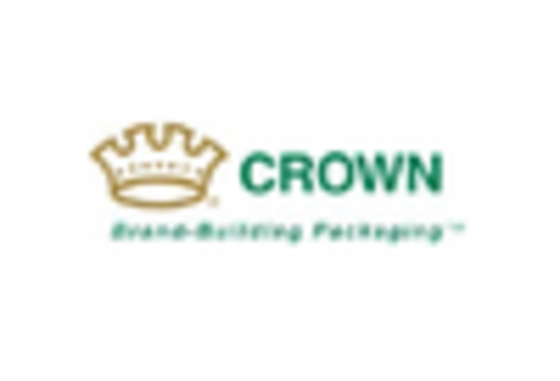
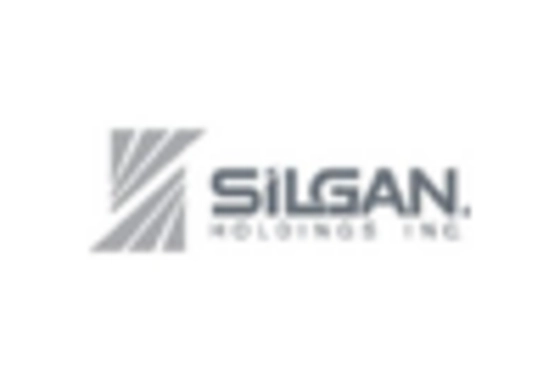









Leave a Comment